One of the "last of the many" – and the last of my Bf 109 Gustav quadruplet: Bf 109G-6, JG 302 in spring 1945
This model concludes a group of four Bf 109Gs that I treated myself to as a model-building start to the year. "Treat" is the right term, because what Eduard packs here in the boxes is indeed a well thought-out pampering programme. But before I come to a final review of the "Profi Packs" on the subject of the Bf 109G, I would like to present a few interesting facts about the model shown here.
About the model
One fact has become clear to me in my examination of the various Bf 109 models: the historical-technical backgrounds and the fates associated with these machines are as varied as the wide range of markings and camouflage schemes found on them! The model shown here is definitely a good example of what I mean by this.
The model belonged to the 2nd /JG 302 in the summer of 1944. The squadron was part of one of three fighter squadrons that had been set up the year before for the daring night fighter operation "Wilde Sau". This was a response to the fact that the British had succeeded in effectively blinding ground and airborne radar, which was essential for night hunting, with "windows", i.e. the use of mass-dropped aluminium strips. The idea of the "Wilde Sau" was now to literally turn night into day over the cities under attack: Flak searchlights were to illuminate the cloud cover from below, so that against the background of this illuminated ceiling the silhouettes of the enemy bombers would become visible to the fighters flying above.
The three fighter squadrons specialising in the "Wilde Sau" were JG 300, JG 301 and JG 302. For the crews of the single-engine Bf 109 and Fw 190, preference was given to aircraft pilots experienced in night flying. This also explains the high density of fighter pilots, former Lufthansa pilots or experienced flight instructors that could be found in the squadrons of these units.
The operational history of JG 302 illustrates quite well the eventful history of the "Wilde Sau" night fighter. Formed on 1 November 1943, the squadron achieved its first kill on 22 November: Captain Heinrich Wurzer of the 1st Squadron claimed the life of a Lancaster over Berlin. In two successive RAF attacks on this city, the single-engine aircraft were able to shoot down more bombers than flak and radar-guided night fighters combined.
However: the surprising initial successes of the radar-less night fighter were not to prove permanent. The British reacted quickly and had their bombers fly in "bomber stream" to give each other cover with the concentrated firepower of their defence stands. In practice, moreover, the "Wild Sow" proved to be an all too inflexible and complex procedure, especially when it came to successful coordination with the flak on the ground and the ground control centres.
With the declining success and increasing own losses, aircraft and personnel were withdrawn from the "Wilde Sau" already in the following spring in order to be able to use the single-seat fighters again in the day hunt. In May 1944, the 2nd /JG 302 moved to Götzendorf an der Leitha, where it fought USAAF bombers flying in from Italy in the Linz, Vienna, Bratislava and Budapest areas.
The Bf 109G-6 "Schwarze 11" of the 2nd /JG 302 shown here shows markings that fit well to the eventful history of this unit. The red fuselage band represents the identification of JG 302 within the Reichsverteidigung, while the squadron crest in the form of a devil riding on a boar and armed with a trident is located on the nose. The yellow underside of the engine and the same wingtips, on the other hand, refer to machines used on the Eastern Front. Incidentally, JG 302, which existed until the end of the war, claimed 348 kills.
On the construction process
Apart from qualities like the welcome addition of etched parts, masking or even refinements in resin, which a "Profi Pack" from Eduard has, another, no less important quality has become particularly clear to me here: the building instructions from the house of Eduard are in a class of their own!
In order to work through the abundant supply of plastic parts to find the right part for the sub-version of the chosen Bf 109G, the graphic designers at Eduard offer help in the form of clear, well-arranged and attractively designed instructions. Especially when you are building four different "Gustavs" in parallel, clarity is a quality you learn to appreciate!
This is especially true since Eduard truly does not skimp on alternative parts in the Bf 109 kits.
I would like to add this final remark to the descriptions of my experience with the great Bf 109 kits that can be found in the other three reports. My conclusion - perhaps unsurprisingly given what I have read so far - is that this will certainly not be my last Eduard Bf 109 project!
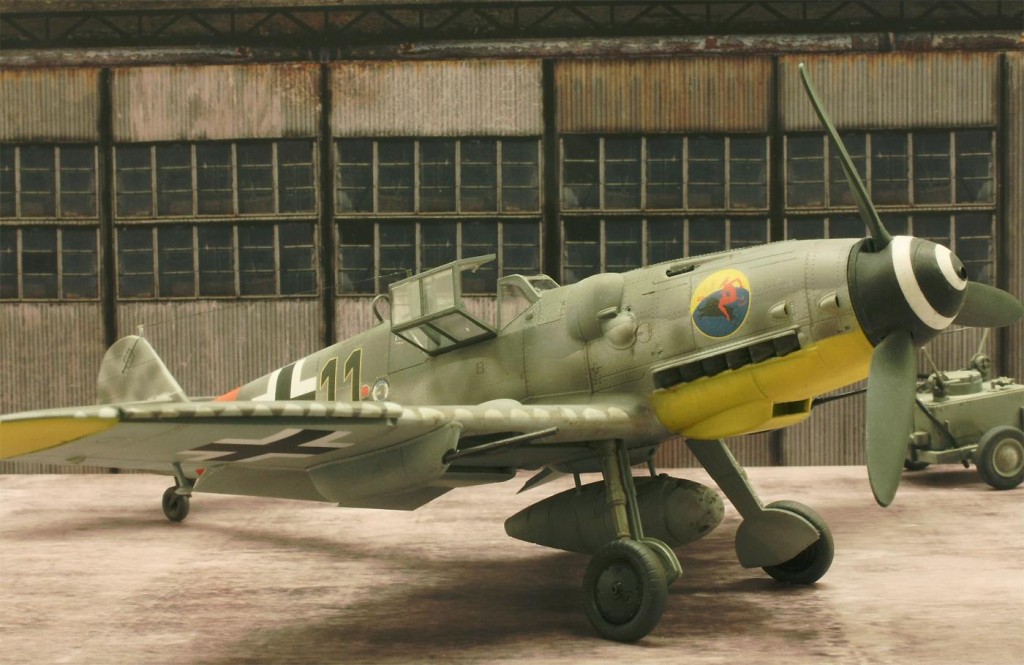
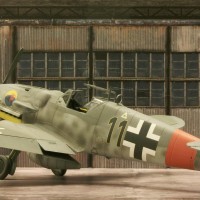
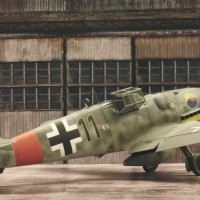

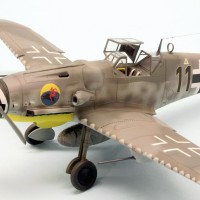
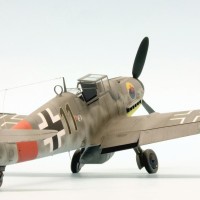
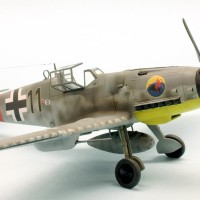

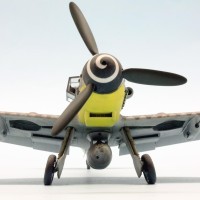

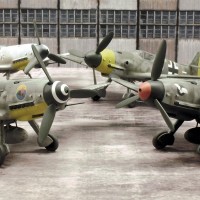
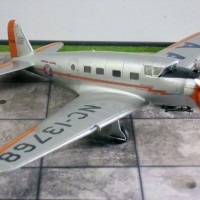
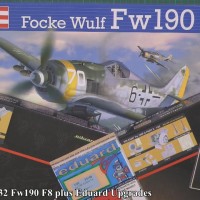
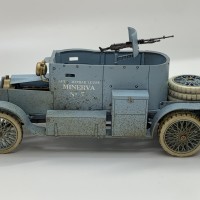
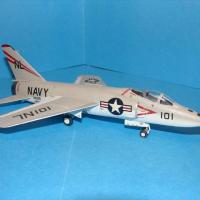
Another exquisite build, my friend!
A great conclusion to your "Gustav" quadruple build.
Excellent models and excellent presentation not only of the kits and build details, but also of the historical truths behind them.
Congratulations!
Thank you Spiros! I really appreciate your feedback, my friend.
After this Bf 109G excursion, I will now move on to other topics; but, I must say, during this preoccupation I have become really fond of these elegant forms! So, the Bf-109 free time should not be too long again... 🙂
A very nice collection of Gustavs Roland. I particularly like this one, since it’s one of those that is seldom seen made in model form. I too have been building Eduard’s F/G family since they released the “corrected” mould version and it’s a great kit. In fact I plan to have a go at one again this year. Thumbs up for the staffeln 😉
I'm really glad you like it! Thank you for your comment!
Beautiful work on those 109s !
They are all great. Interesting info on Wilde Sau missions ... I’ve never read much on that endeavor. The Germans were very resourceful .
Thank you for your words Jay!
Superb work again Roland! ?
Thank you Gary!
Another excellent 109 - the collection is just beautiful! I picked up another 1/2 dozen or so old 109 kits this weekend, so am needing some inspiration for schemes...
That pleases me!
I am sure you will find many worthy of realisation!
What more to add to the above compliments, Roland @rosachsenhofer
I fully agree on with the above gentlemen.
This 109 is another amazing addition to your 109 collection.
Well done.
Your words make me very happy!
Gorgeous! That's quite a Gustav group shot as well. Very Impressive! And thanks for the info on the Wilde Sau sorties, Roland @rosachsenhofer.
What do you use for the hanger backgrounds? Noy Miniatures?
You're really welcome! Thank you Eric!
For the photography I used backgrounds from "Coastal Kits". Some of them are really fantastic, the ones shown here consist only of a base plate and a vertically standing, equally flat printed cardboard as a background.
Excellent work on a really fine 109 collection! @rosachsenhofer
Many thanks Dale!
Great looking 109G’s. Beautiful work!
Thank you Bob!